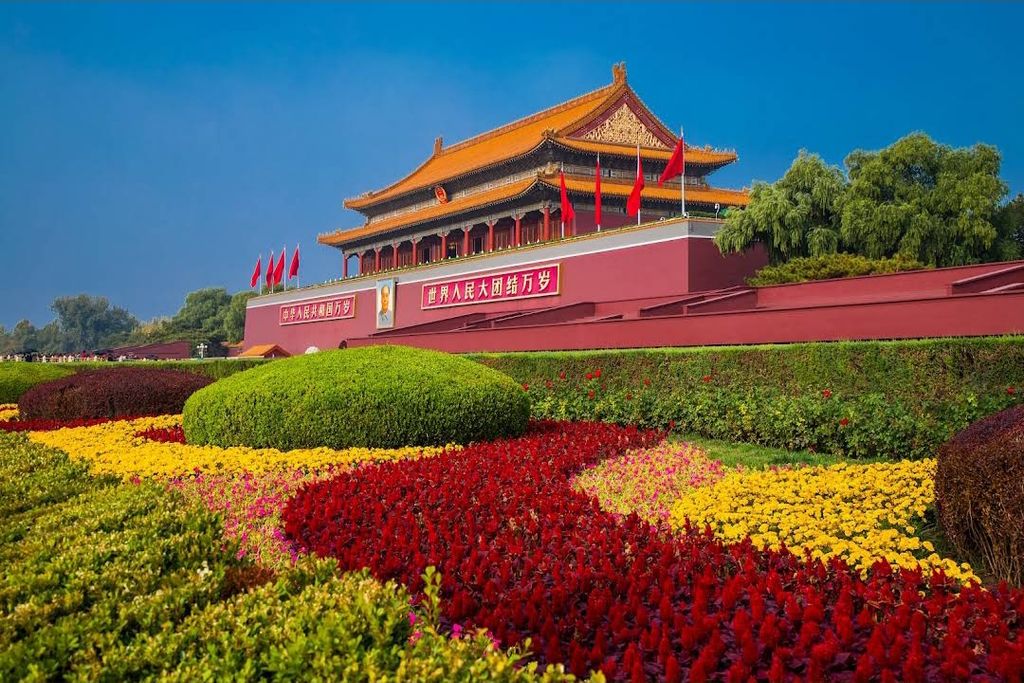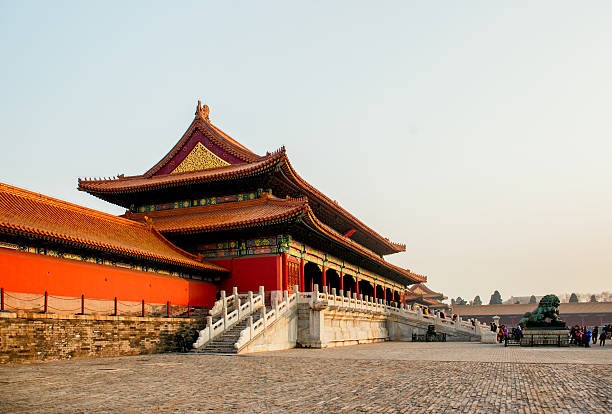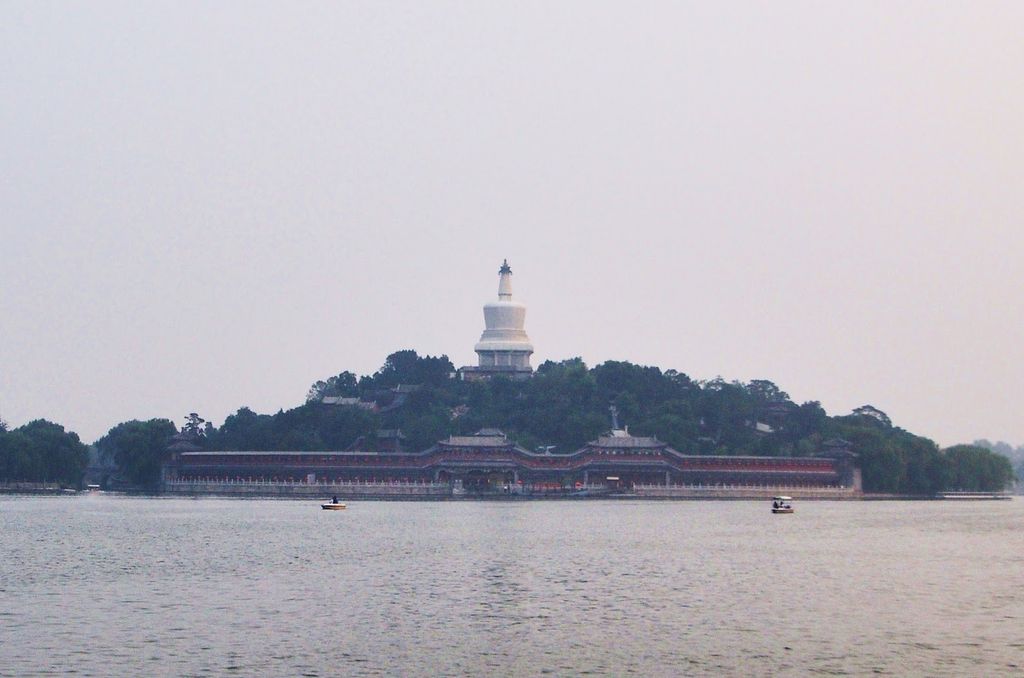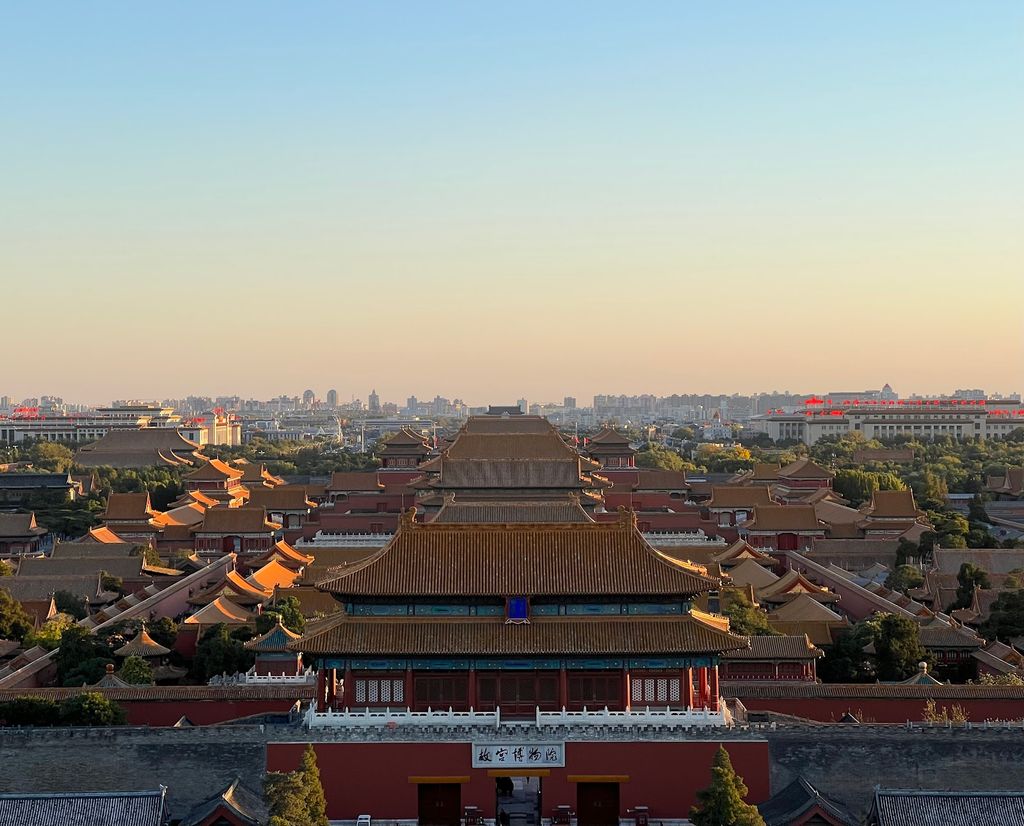Discovering Historic Beijing: A Cultural Journey
Join us on a captivating free walking tour through Beijing's rich history, exploring majestic landmarks and uncovering cultural treasures.
Time
3 Hours
Stops
4 Places
Distance
5.0 km
Tiananmen Square
Start your tour at Tiananmen Square, one of the world's largest public squares, which plays a pivotal role in China's modern history.

Tiananmen Square (Source: Google Maps)
Tiananmen Square is not only one of the largest public squares in the world but also a site of immense historical significance. Established in the Ming Dynasty, it has been the backdrop for numerous key events in Chinese history, including the May Fourth Movement and the Tiananmen Square protests of 1989. The square is flanked by several important buildings, including the National Museum of China and the Monument to the People's Heroes, which commemorates those who sacrificed their lives in the revolutionary struggles. The iconic Tiananmen Gate, with its large portrait of Chairman Mao, serves as the northern entrance to the Forbidden City, symbolizing the connection between the past and present in China.
Forbidden City
A short walk north from Tiananmen Square, enter the Forbidden City, the largest ancient palatial structure in the world and a symbol of China's imperial past.

Forbidden City (Source: Google Maps)
The Forbidden City, a UNESCO World Heritage Site, served as the imperial palace for 24 emperors during the Ming and Qing Dynasties. This sprawling complex, surrounded by a massive defensive wall and a moat, consists of nearly 1,000 buildings that showcase traditional Chinese palatial architecture. It is renowned for its intricate wooden structures, lavish decorations, and the harmonious layout that reflects ancient Chinese cosmology. The Forbidden City was off-limits to commoners for centuries, hence its name, and houses an extensive collection of artifacts and artworks that reflect the grandeur of China's imperial past. Today, it stands as a testament to China's rich history and cultural heritage.
Beihai Park
Walk west to Beihai Park, one of the oldest, largest, and best-preserved ancient imperial gardens in China.

Beihai Park (Source: Google Maps)
Beihai Park is one of the oldest and most well-preserved imperial gardens in China, dating back to the 11th century during the Liao Dynasty. It covers an area of over 68 hectares and features a large central lake, beautiful pavilions, and ancient trees. The park was originally a royal retreat and has since evolved into a public park that offers visitors a glimpse into China's imperial past. The White Dagoba, a Tibetan-style stupa located on an island in the lake, is one of the park's most notable landmarks. Beihai Park is not only a place of natural beauty but also rich in cultural significance, hosting various historical sites and serving as a venue for traditional Chinese activities.
Jingshan Park
Head just a bit north to Jingshan Park, where you can enjoy panoramic views of the Forbidden City and the surrounding areas from its hilltop pavilion.

Jingshan Park (Source: Google Maps)
Jingshan Park, located just north of the Forbidden City, is an artificial hill made from the earth excavated during the construction of the Forbidden City. The park offers stunning panoramic views of the Forbidden City and the surrounding areas from its highest point, the Coal Hill. This park is historically significant as it was once a royal garden during the Ming and Qing Dynasties. It is home to several ancient trees, some over 300 years old, and the Five-Dragon Pavilions, which are popular spots for photography. Jingshan Park is not only a tranquil escape from the bustling city but also a site rich in history, reflecting the grandeur of China's imperial past.

Your travels, your rules.
Create your own Free Walking Tours.
Set your preferences, distances and anything you want to do or see.
Completely free, no payment required.